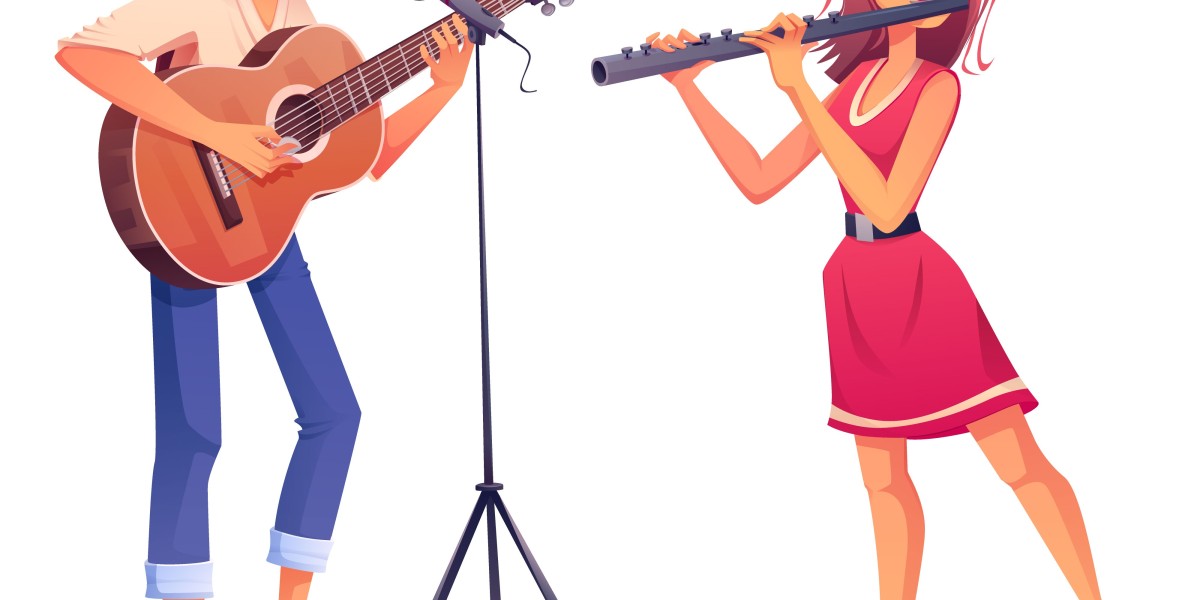One of the most important steps in learning how to sing is understanding your voice type. Voice classification not only helps singers choose the right repertoire but also ensures they use safe and effective techniques. Among male voices, the baritone is one of the most common and versatile. It sits between the tenor and the bass, offering both warmth and strength.
But what exactly is a baritone? And how does it differ from tenor or bass? To answer that, let us start by looking at what is a baritone voice and why it is such a cornerstone of vocal music.
The Vocal Spectrum for Male Singers
In traditional Western music, male voices are typically divided into three main categories: tenor, baritone, and bass.
Tenor: The highest male voice type. Tenors often sing from around C3 to B4 and sometimes higher. Their sound is bright, ringing, and often associated with lead roles in opera and musical theater.
Baritone: The middle male voice type. Baritones usually sing from A2 to A4, though some can stretch lower or higher depending on training. Their sound combines richness and strength, making them adaptable to many genres.
Bass: The lowest male voice type. Basses often sing from E2 to E4, producing deep, resonant tones that convey power and authority.
While these categories provide structure, not every singer fits perfectly into one box. Voices often overlap, and training can expand or shift ranges.
Defining Features of the Baritone
The baritone is often described as the “in-between” voice, but it is more than just a compromise between tenor and bass.
Range: Generally A2 to A4.
Tone quality: Warm, resonant, and full-bodied.
Flexibility: Able to blend upward into lighter tenor-like tones or downward into darker bass notes.
This versatility explains why the baritone is so common in both solo and ensemble singing. Choirs often rely heavily on baritones to balance harmony, and composers frequently write iconic roles specifically for this voice.
Subtypes of the Baritone Voice
Just like sopranos and tenors, baritones are further divided into subcategories based on color, weight, and agility.
Lyric Baritone
Smooth, expressive, and lighter in sound.
Often sings romantic or tender roles in opera and musical theater.
Dramatic Baritone
Darker and more powerful.
Associated with commanding characters or roles requiring projection over large orchestras.
Verdi Baritone
Named for the operas of Giuseppe Verdi.
Combines lyrical beauty with dramatic intensity.
Cavalier Baritone
Brighter and more heroic.
Prominent in German operatic traditions.
Baryton-Martin
A lighter French baritone with tenor-like qualities.
Each subtype highlights the variety within the baritone category, proving that not all baritones sound the same.
Comparing Baritone to Tenor
Tenors and baritones often overlap, but there are distinct differences.
Higher range: Tenors can sing comfortably above A4, where baritones often struggle.
Tonal brightness: Tenors project with a brighter, more piercing quality.
Role types: In opera and musicals, tenors are usually cast as youthful heroes or romantic leads. Baritones, on the other hand, often play more grounded, mature, or complex characters.
For example, in opera, a tenor might sing the role of Rodolfo in La Bohème, while a baritone might take on Marcello, his friend and roommate.
Comparing Baritone to Bass
While baritones can dip into bass notes, they do not have the same depth and resonance.
Lower range: True basses can easily sing E2 or lower.
Weight: Basses carry a heavier, darker timbre.
Role types: Basses often portray figures of authority, villains, or comic characters in opera. Baritones, meanwhile, balance strength and lyricism, which makes them more versatile.
A classic example is Mozart’s Don Giovanni. The title role is usually sung by a baritone, while the role of Leporello is sung by a bass.
Famous Baritone Singers
Baritones are everywhere in music, from classical opera to jazz and pop.
Opera and Classical:
Dmitri Hvorostovsky
Sherrill Milnes
Dietrich Fischer-Dieskau
Musical Theater:
Brian Stokes Mitchell
Howard Keel
Pop and Contemporary:
Elvis Presley
Frank Sinatra
Michael Bublé
John Mayer
These singers show how flexible the baritone voice can be across styles.
Why Many Men Are Baritones
Most men fall naturally into the baritone range. While young singers may believe they are tenors or basses, training often reveals a baritone core. Because of this, the repertoire for baritones is vast, spanning centuries of music history.
This prevalence makes the baritone voice an excellent foundation for both professional and amateur singers. Choirs often rely heavily on baritones, and popular music frequently features singers in this range.
Training for Baritone Voices
A baritone singer can benefit greatly from tailored vocal training. Some areas of focus include:
Expanding both high and low ends of the range.
Developing resonance to cut through ensembles.
Building agility for faster passages.
Practicing safe vocal habits to avoid strain when bridging registers.
Working with a teacher ensures the singer develops healthy technique while unlocking the unique character of their baritone tone.
Final Thoughts
The baritone voice is a central part of the male vocal spectrum. It bridges the gap between tenor and bass while standing strong as its own unique voice type. With warmth, strength, and adaptability, the baritone has shaped opera, musicals, and popular music for centuries.
By learning what a baritone voice is and how it differs from tenor or bass, singers can better understand their own range, repertoire, and potential. Whether through the smooth tones of Frank Sinatra or the commanding power of Dmitri Hvorostovsky, the baritone remains one of the most captivating voices in music.








